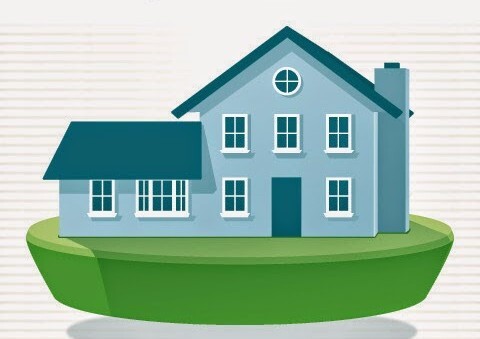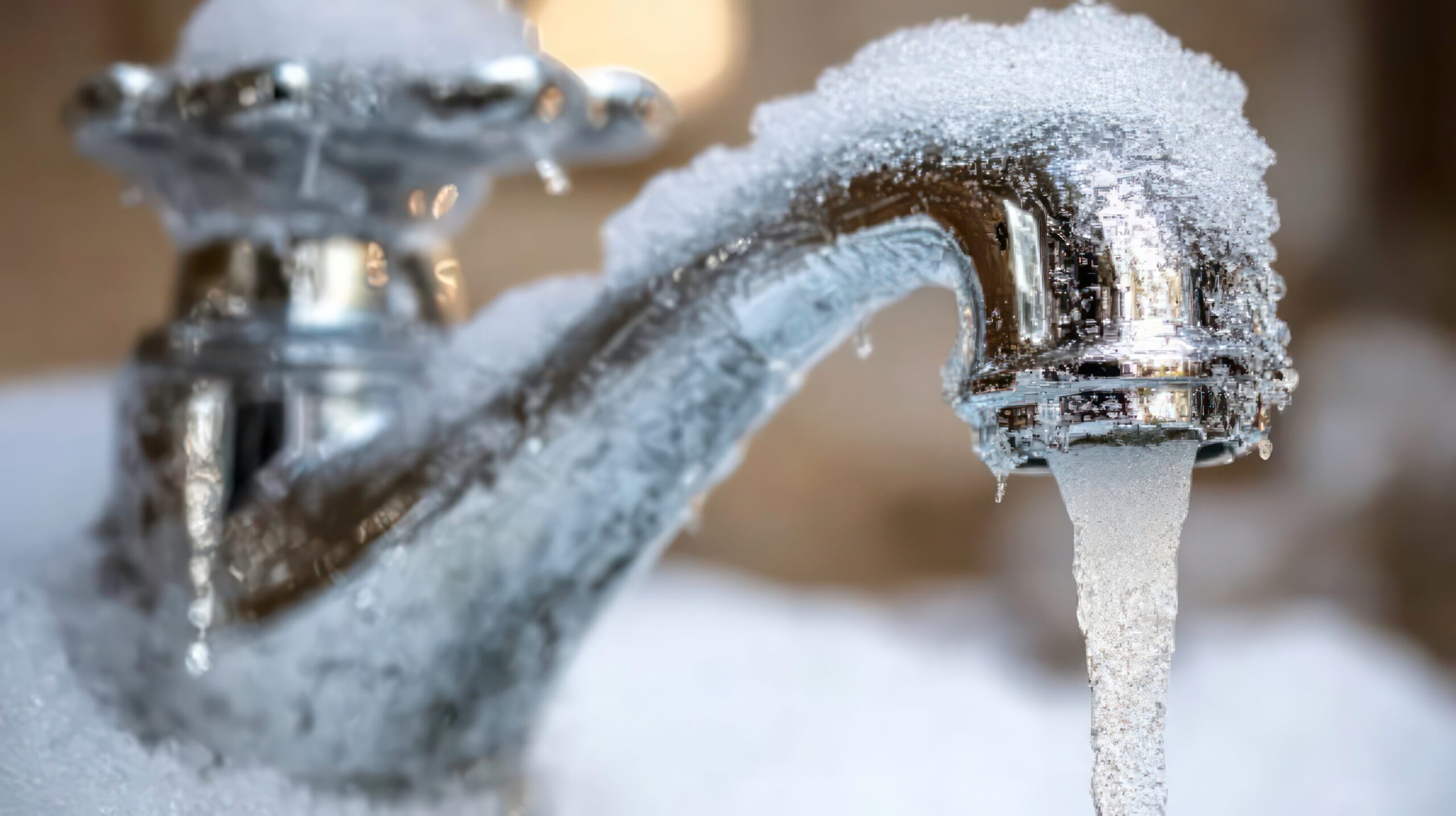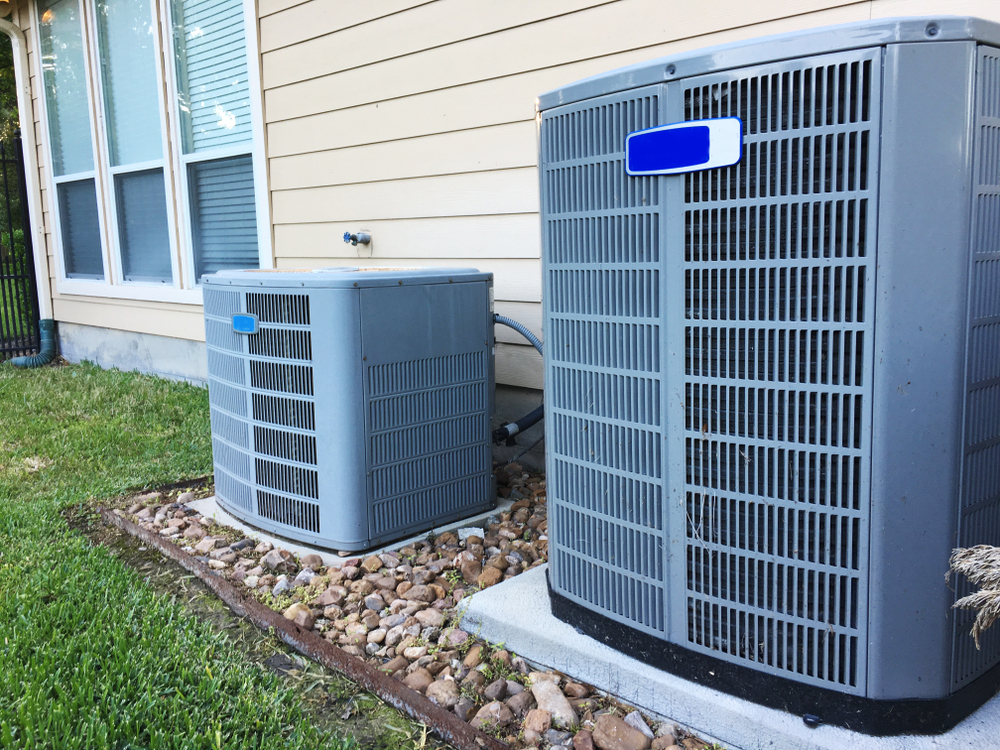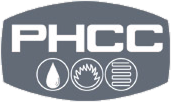There are so many “facts” and opinions floating around the internet that contradict each other, it can be very difficult to know exactly what’s true and what’s fabricated. Homeowners in particular can fall prey to believing inaccurate information about how best to use their heating and cooling systems, which is not only ineffective, but inefficient as well; so we thought that some of our homeowner clients might benefit from a little bit of myth busting.
Let’s get started and bust some common HVAC myths.
There are so many “facts” and opinions floating around the internet that contradict each other, it can be very difficult to know exactly what’s true and what’s fabricated. Homeowners in particular can fall prey to believing inaccurate information about how best to use their heating and cooling systems, which is not only ineffective, but inefficient as well; so we thought that some of our homeowner clients might benefit from a little bit of myth busting.
Let’s get started and bust some common HVAC myths.
Myth #1: Setting the temperature higher in your home will heat it faster.
We’ve all gone home to a cold house on days when the temps fall dramatically at one point or another. During a cold snap, it can be tempting to crank the heat well past the desired temperature just to speed up the warming process. What many people don’t realize, however, is that this doesn’t do anything except cause the furnace to keep working even once your home hits the desired temperature. Unless you have a multi-stage furnace, your furnace will work at max capacity once turned on regardless of what temperature you set the thermostat at, so there’s never a real need to set the temp higher than what you’re actually aiming for.
Myth #2: New homes are always more energy efficient than older homes.
It stands to reason why one might believe that older homes are less efficient than newer homes, and in many cases, this can be true. The thing is, though, just because a home is built with energy efficiency in mind doesn’t mean that certain things don’t get overlooked from time to time. For example, take insulation and air sealing; most new homes only receive the insulation values that the current Construction Code requires – which is less than the Energy Star minimums, and far less than our winter climate calls for; and air sealing, which plugs the holes that your conditioned air can escape through, is almost never done. Both can have a powerful impact on the overall energy efficiency & comfort of a home. But without them both, it almost doesn’t matter how new the home is, or how efficient the HVAC system is; it will still have to work harder than it should in order to keep up.
Myth #3: Closing vents and registers can help reduce heating and cooling bills.
Homeowners often think that if they close off supply vents in areas of the home they don’t spend a lot of time in, they’ll end up utilizing less hot or cool air in the process. Unfortunately, this doesn’t work as intended because A) your home’s supply ductwork is sized for each room/area it serves, and will only allow so much air through it at any given time; B) supply registers are not air-tight, so even when you close a vent there is still air coming through it; and more importantly C) your HVAC system is set up so that air pressures are balanced throughout the home, based on all supply vents being opened; and closing vents will do nothing but throw this balance off. You can still make minor register adjustments to better direct the airflow in a particular room/area, but otherwise you should keep everything the way it should be for best results.
Want to learn more about home HVAC systems, or to find out what your system is or is not doing properly? Contact Princeton Air today and schedule a home heating & cooling system evaluation.










